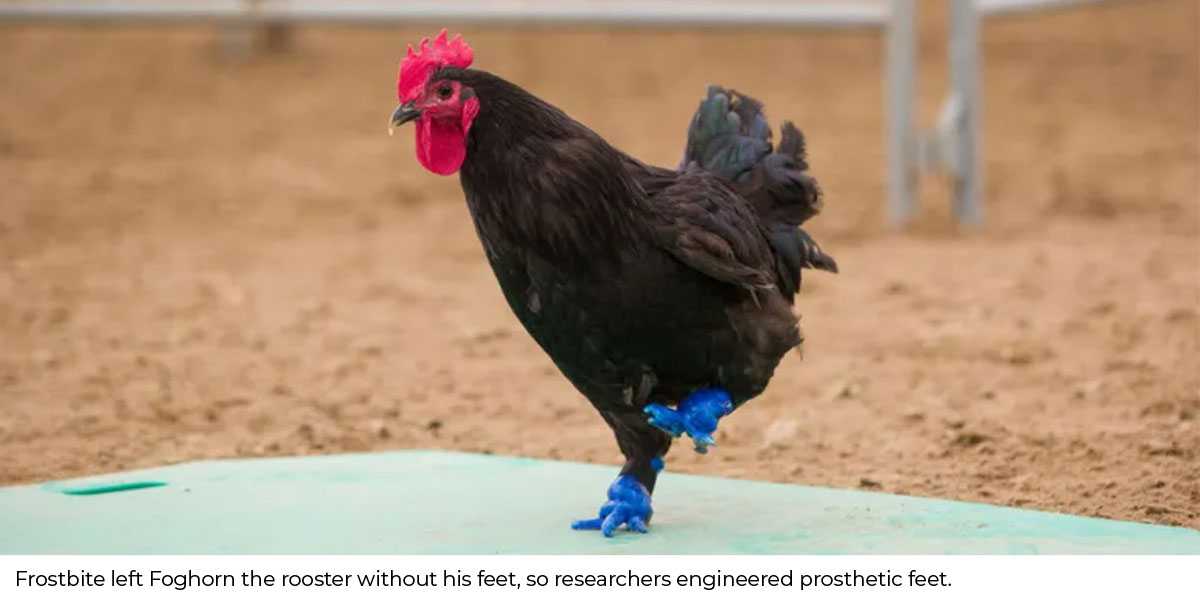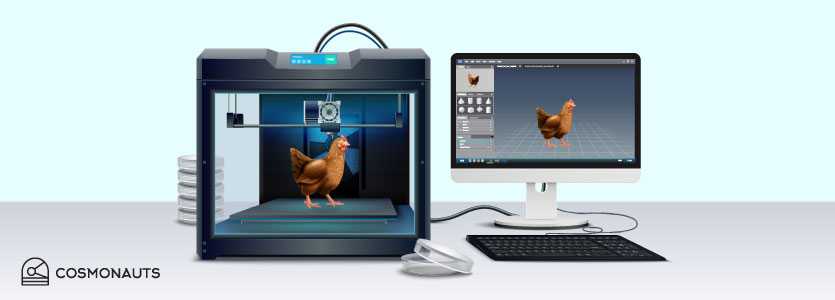Today, agriculture is a $3 trillion industry. Thanks to technology, farmers have been able to advance in a range of ways. Firstly the tractors and automation within the 20th century allowed large farms to operate more effectively while using less human resources.
Yet, there is still room for improvement. The existence of hundreds of agriculture tech start-ups around the globe means that there’s a big market for innovation as well as that food companies need to embrace tech solutions.
In this context, it is more than obvious that technology will have a crucial role to play in farming. These technologies are not about replacing the skills of humans, but about managing plants & animals more effectively and efficiently. By 2050, 9.7 billion people will be living on the planet and only 40% of the world’s land is available for farming. Hence, agriculture must overcome many pressing challenges.
The poultry and meat industry
Growth within poultry consumption will exceed other meats by 2022, making it the number one meat globally. It already takes a lot of effort to produce the amount of meat in demand. New technology will allow more food to be produced for an ever rising population. Agri Tech within this sector includes among others, 3D printing, robot help and big data analysis.
3D printing prosthetics
Large poultry farmers feed the chickens with hormones so that they grow faster than they should be. This procedure makes the upper body of the chickens to grow so fast that their legs cannot support it. As a result, it is quite often for the legs of the chickens to break. Here is where life-saving techniques produced from 3D printing can help the poultry industry advance. This technology can create legs, feet and even beaks for chickens whose body parts are broken. Examples of this include Foghorn the Rooster who lost both his feet due to frostbite. The University of Calgary created prosthetic feet to solve this problem.

Robots doing the dirty work
Poultry houses require a lot of manual labour – this involves cleaning, sanitizing, collecting eggs and checking the birds which is time consuming. The use of robots can allow precise, accurate and safer work conditions that requires little effort from the farmers. These robots can pick eggs with care and even detect whether the eggs are broken. Further, this tech can help control & prevent disease as well as evaluate environmental factors such as temperature, carbon dioxide and more. These automations will reduce outbreaks of bird flu and food borne illnesses – improving overall safety of the whole operation.
The Big Data Advantage
‘Farming the data’ can predict an animal’s growth, track specific bacteria and oversee the overall health of the animal. Big data can also store information, control and observe all livestock. The collection of more information on animals allows farmers to become more efficient in the industry.
New technology will enable farmers to adopt new techniques that will boost productivity and address issues of food security. As there are currently 7 billion people on the planet who reside in densely settled regions, we’ll have to think differently as we can no longer farm the same. As the population increases so does the demand for food. Hence, the need for accurate technology solutions is more urgent than ever.
Stay up to date with all things agri tech with the cosmonauts blog and on social media. Check out our previous Agri tech Archives blog which explores the 3 modern techniques that are currently used in indoor agriculture
Categorised in: Green Tech

